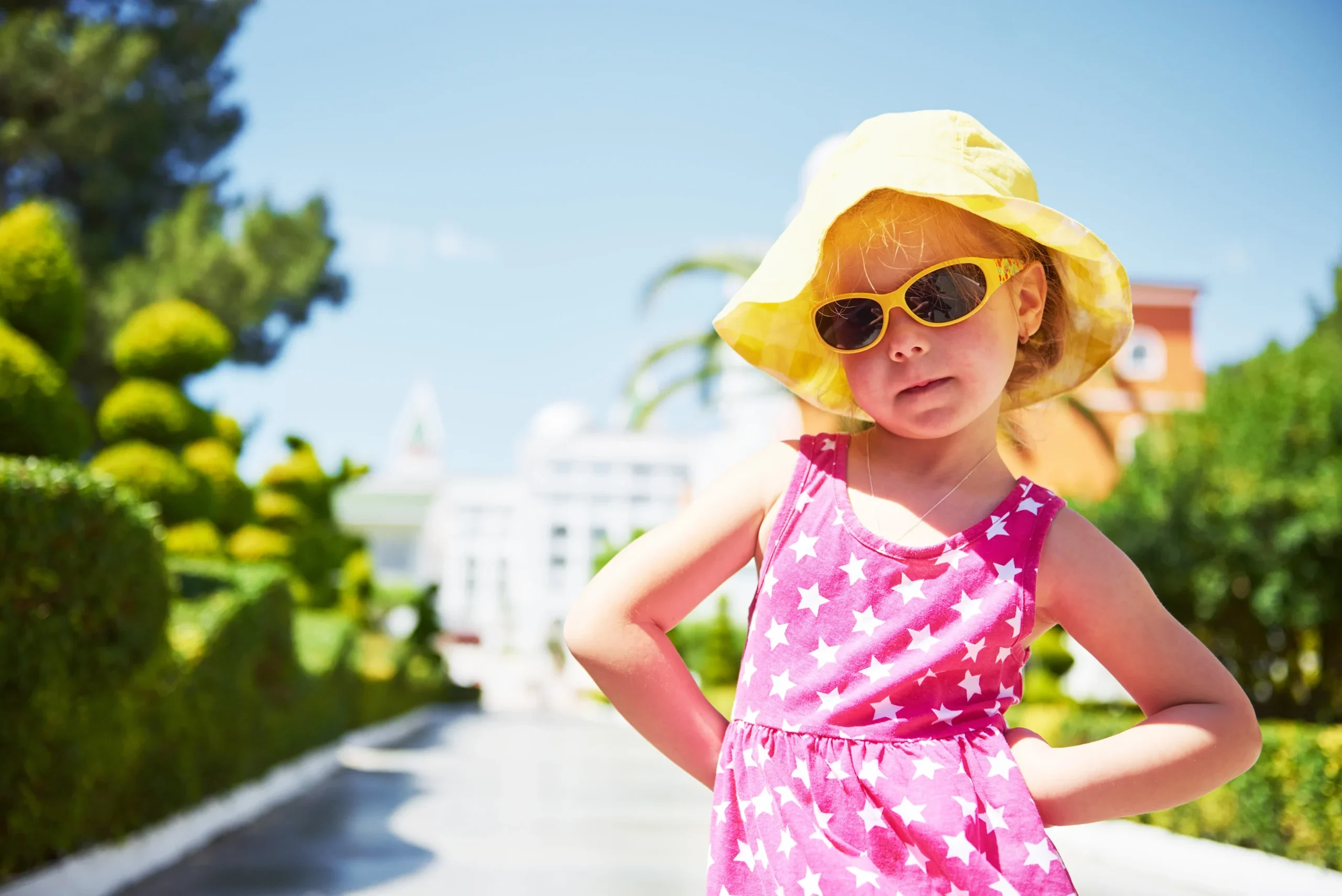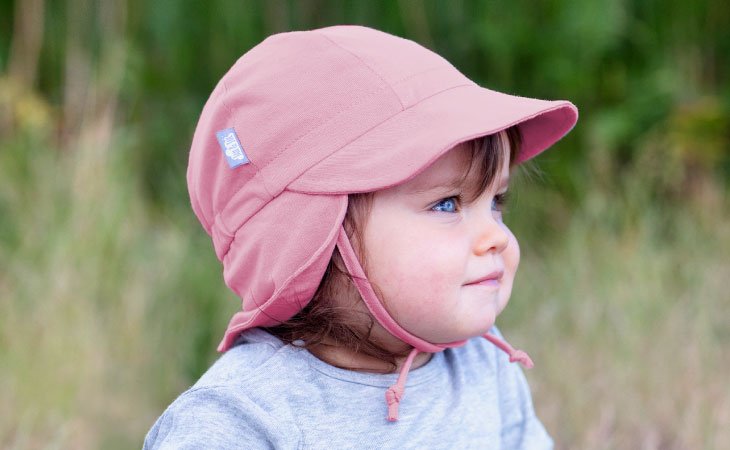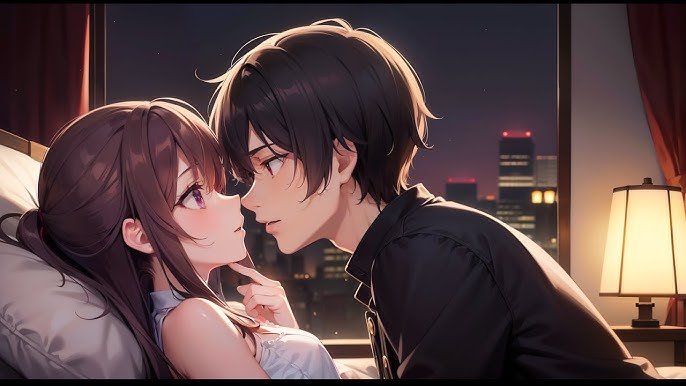When two people decide to say “I do,” the journey of planning a wedding begins—an emotional and exciting ride that often starts with one essential question: what will the day look like? Beyond the vows, the dress, and the menu lies the soul of the celebration—wedding décor. It is through color, texture, light, and thoughtful detail that a wedding becomes not just an event, but a sensory experience that tells a love story.

Wedding décor goes beyond aesthetics. It is about atmosphere, emotion, and the essence of the couple’s journey. From the first look at the ceremony setup to the intimate glow of the reception, every design choice has the power to inspire awe and create timeless memories. This article explores the layers of wedding décor—from the ceremony aisle to the reception tables, from flowers to lighting—revealing how each element shapes the ambiance of this once-in-a-lifetime occasion.
The Ceremony Setting: Where the Magic Begins
The ceremony marks the start of the celebration, and its décor sets the tone for everything that follows. Whether it’s a garden, a beach, a rustic barn, or a grand cathedral, the ceremony space should be a reflection of the couple’s personality and love story.

An outdoor wedding, for instance, might use the natural backdrop as its central décor element. The aisle could be framed by wildflowers, soft fabrics tied to wooden chairs, or a floral arch that appears to bloom straight from the earth. On the other hand, indoor weddings allow for dramatic lighting, intricate ceiling installations, and curated design elements that transform ordinary spaces into fairytale environments.

The altar or mandap becomes the symbolic heart of the ceremony. Couples often choose to decorate this space with meaning—draped florals that represent growth, colors that echo cultural traditions, or backdrops that represent shared memories. The goal is not just to decorate, but to infuse the space with sentiment and soul.
Reception Revelry: A Visual Feast
If the ceremony is the heart of the wedding, the reception is its spirit—lively, joyful, and full of movement. Décor at the reception transforms the environment into a celebratory haven where every element plays a role: the table settings, the lighting, the centerpieces, the stage, and even the floor beneath your feet.

Tablescapes, for example, are no longer just about place settings. They are carefully curated compositions of florals, linens, candles, chargers, and personal touches. Some couples opt for grandeur with tall arrangements and gold-rimmed china, while others lean into minimalist elegance with natural textures and earthy tones. The key is harmony—each element working in unison to create visual rhythm.

The reception stage, often where the couple sits during key moments, becomes a focal point and photo opportunity. Decorators use backdrops, florals, textures like velvet or silk, and even personalized signs to make the area both regal and romantic. When done right, the reception space doesn’t just look beautiful—it feels like a place suspended in time, crafted just for this celebration.
Floral Design: Nature’s Poetry in Petals
Flowers remain one of the most powerful décor elements in any wedding. They speak a language of love, adding softness, vibrancy, and life to every corner they touch. From bouquets and boutonnières to hanging installations and aisle runners, florals are versatile storytellers.

The choice of blooms reflects personal taste, seasonality, and symbolism. Roses might represent passion, while peonies signify prosperity. Orchids bring elegance, sunflowers add warmth, and baby’s breath gives a whisper of whimsy. Beyond their meanings, flowers set the visual temperature—cool tones for calm sophistication, bold hues for passionate energy.

Modern wedding décor often features floral artistry that goes beyond tradition. Think flower walls as photo backdrops, suspended garden ceilings, or asymmetric arches that feel like living sculptures. These dynamic designs bring a multi-dimensional beauty that transforms the space into something ethereal.
Color Palettes: The Emotional Undertone
Color is not just a visual choice—it’s an emotional one. The color palette of a wedding subtly guides the atmosphere, influencing how guests feel and how moments are remembered.

Soft pastels like blush, lavender, and champagne bring romance and gentleness. Deep tones such as burgundy, navy, and emerald add drama and sophistication. Neutral shades like ivory, beige, and sage offer timeless elegance, while vibrant palettes of coral, fuchsia, and teal energize the celebration with joy and playfulness.

Color appears everywhere—linens, florals, candles, bridesmaid dresses, even food presentation. A well-planned palette ensures cohesion, allowing every corner of the wedding to feel connected. The best palettes are not just trendy—they resonate with the couple’s essence, offering a personalized mood board that unfolds throughout the event.
Lighting: Setting the Mood and Magic
If flowers are the poetry, then lighting is the music of wedding décor. It controls mood, depth, focus, and warmth. Strategic lighting can make a space feel intimate, majestic, or whimsical—all with the flip of a switch.

Fairy lights create a starry canopy above outdoor settings, while chandeliers offer opulence indoors. Uplighting in hues of rose gold or violet adds romantic drama, while candles bring warmth and natural flicker to table settings. For the dance floor, dynamic lighting that responds to music transforms the reception into a vibrant party.

Projection mapping is also gaining popularity—using light to cast names, designs, or animations onto surfaces. Monograms on walls, flowing water illusions, or dreamy celestial skies can turn blank canvases into immersive décor features. Ultimately, lighting is not just functional—it is atmospheric storytelling at its finest.
Cultural and Symbolic Touches: Honoring Traditions
Incorporating cultural elements into wedding décor adds authenticity and heritage to the celebration. Whether it’s a mandala of marigolds in Indian weddings, red and gold tones in Chinese ceremonies, or a rustic Scandinavian lodge setup, décor becomes a bridge between tradition and individuality.

Textiles, symbols, heirlooms, and rituals can all be woven into the décor narrative. Personalized signage in native languages, embroidered table runners from family homes, or altars featuring ancestral photos—these touches elevate the space into something deeply personal.

It’s not about recreating tradition in a textbook way—it’s about reimagining it through modern design. Fusion weddings, in particular, offer unique opportunities to blend aesthetics, creating décor that feels both rooted and refreshing.
Eco-Conscious Decor: Sustainable and Stunning
Sustainability is no longer a niche—it’s a movement that’s reshaping how weddings are planned. Eco-friendly décor is not about compromising style; it’s about making thoughtful choices that honor both love and the planet.

Reusable materials like glass, wood, and metal replace disposable plastics. Potted plants are used instead of cut flowers, offering guests a takeaway that keeps growing. LED lighting reduces energy use, while digital invitations and recycled paper save trees.

Minimalist design philosophies, favoring quality over quantity, also help reduce waste. Local sourcing of materials and florals not only supports communities but ensures freshness and reduces carbon footprints. Green weddings are proving that conscious choices can be just as luxurious and visually breathtaking.
Final Reflections: Creating a Moment in Time
Wedding décor is so much more than pretty flowers and candles. It’s a visual symphony of memories, emotions, and dreams. Each ribbon tied, each candle lit, each flower placed—it all adds up to something bigger than décor: it becomes a reflection of love itself.
As couples plan their big day, the question shouldn’t just be, “What will it look like?” but also, “What will it feel like?” Because long after the music fades and the guests go home, the memory of that beautifully crafted, deeply personal space will remain. A place where love was not just witnessed—but felt in every color, scent, and sparkle.

























